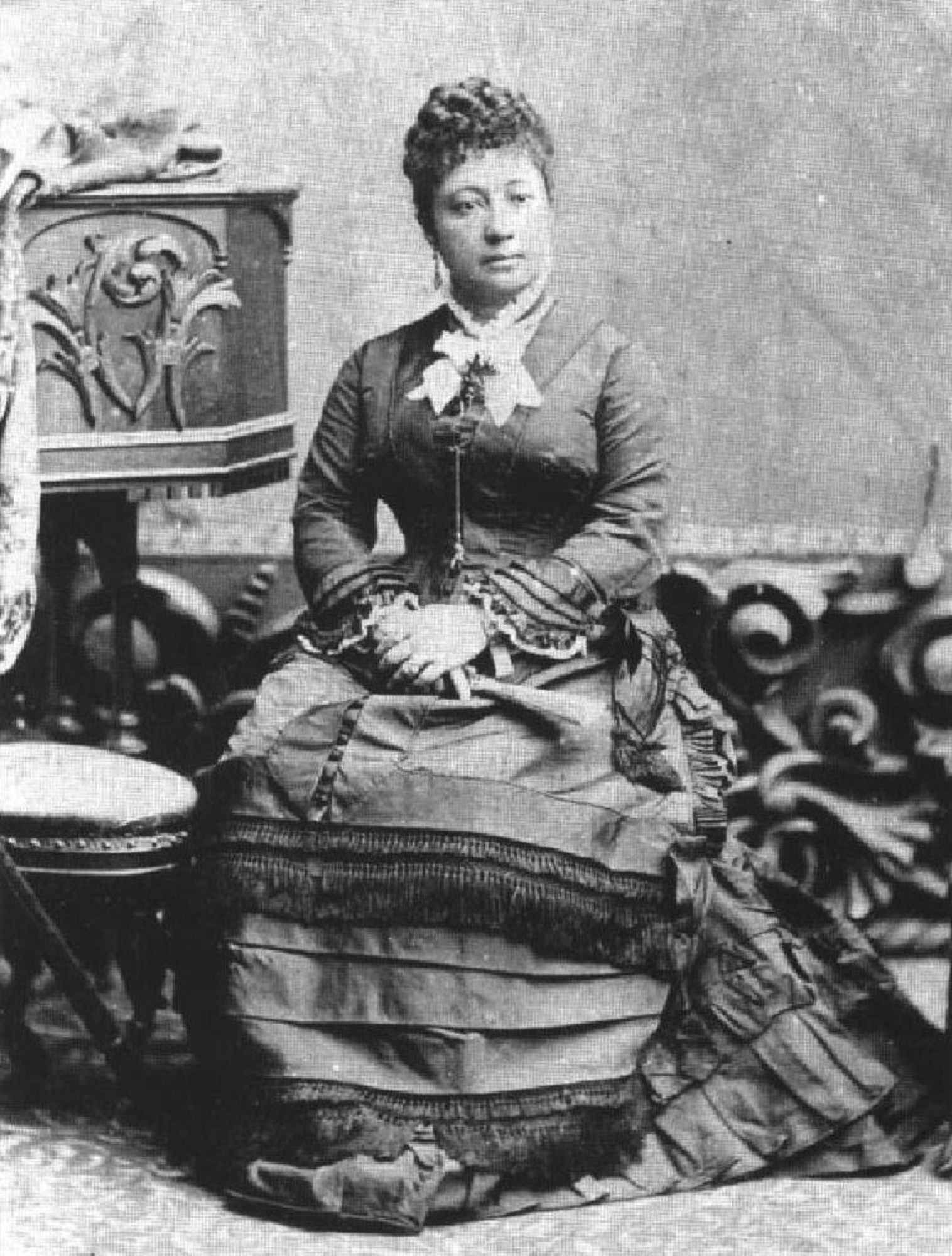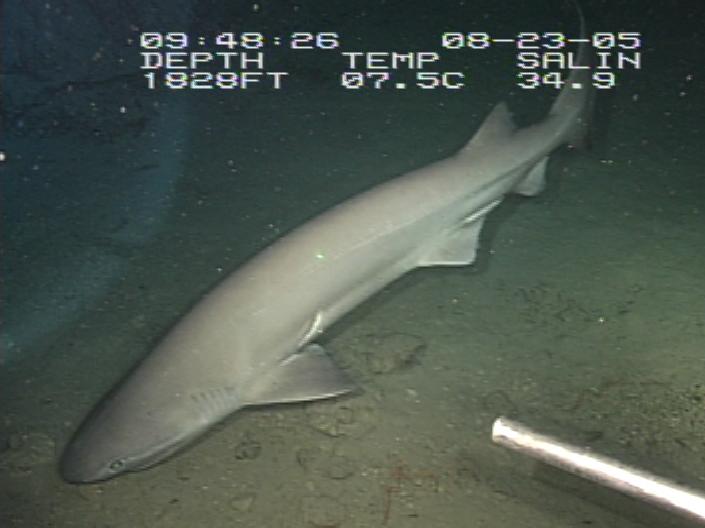|
Viktor Pietschmann
Viktor Pietschmann (27 October 1881 – 11 November 1956) was an Austrian ichthyologist at the Vienna Museum of Natural History. He was the curator of the fish collection from 1919 to 1946 and made collecting trips to the Barents Sea, Greenland, Mesopotamia, Armenia, Hawaii, Romania, and Poland. Pietschmann described many new fish, including several species of shark, and had more than 50 publications over his career. He served in the Austrian army in World War I, during which he was stationed in the Ottoman Empire. While there, Pietschmann witnessed the Armenian genocide and took many photographs of the deportees. He joined the National Socialist German Workers' Party (NSDAP) in 1932 and remained a member until the end of World War II. His zoological author abbreviation is Pietschmann. See also taxa named by Viktor Pietschmann, anthis query Early life Viktor Pietschmann was born in Vienna, Austria to parents Karl Pietschmann and Ida in 1881. He graduated in 1899 from the Piar ... [...More Info...] [...Related Items...] OR: [Wikipedia] [Google] [Baidu] |
Armenian Genocide
The Armenian genocide was the systematic destruction of the Armenians in the Ottoman Empire, Armenian people and identity in the Ottoman Empire during World War I. Spearheaded by the ruling Committee of Union and Progress (CUP), it was implemented primarily through the mass murder of around one million Armenians during death marches to the Syrian Desert and the Forced conversion, forced Islamization of Armenian women and children. Before World War I, Armenians occupied a protected, but subordinate, place in Ottoman society. Large-scale massacres of Armenians occurred Hamidian massacres, in the 1890s and Adana massacre, 1909. The Ottoman Empire suffered a series of military defeats and territorial losses—especially the 1912–1913 Balkan Wars—leading to fear among CUP leaders that the Armenians, whose homeland in the eastern provinces was viewed as the heartland of the Turkish nation, would seek independence. During their invasion of Caucasus campaign, Russian and Per ... [...More Info...] [...Related Items...] OR: [Wikipedia] [Google] [Baidu] |
Nazi Party
The Nazi Party, officially the National Socialist German Workers' Party (german: Nationalsozialistische Deutsche Arbeiterpartei or NSDAP), was a far-right political party in Germany active between 1920 and 1945 that created and supported the ideology of Nazism. Its precursor, the German Workers' Party (; DAP), existed from 1919 to 1920. The Nazi Party emerged from the extremist German nationalist, racist and populist paramilitary culture, which fought against the communist uprisings in post– World War I Germany. The party was created to draw workers away from communism and into nationalism. Initially, Nazi political strategy focused on anti– big business, anti-bourgeois, and anti-capitalist rhetoric. This was later downplayed to gain the support of business leaders, and in the 1930s, the party's main focus shifted to antisemitic and anti-Marxist themes. The party had little popular support until the Great Depression. Pseudoscientific racist theories were ... [...More Info...] [...Related Items...] OR: [Wikipedia] [Google] [Baidu] |
Bishop Museum
The Bernice Pauahi Bishop Museum, designated the Hawaii State Museum of Natural and Cultural History, is a museum of history and science in the historic Kalihi district of Honolulu on the Hawaiian island of Oʻahu. Founded in 1889, it is the largest museum in Hawaiʻi and has the world's largest collection of Polynesian cultural artifacts and natural history specimens. Besides the comprehensive exhibits of Hawaiian cultural material, the museum's total holding of natural history specimens exceeds 24 million, of which the entomological collection alone represents more than 13.5 million specimens (making it the third-largest insect collection in the United States). The ''Index Herbariorum'' code assigned to Herbarium Pacificum of this museum is BISH and this abbreviation is used when citing housed herbarium specimens. The museum complex is home to the Richard T. Mamiya Science Adventure Center. History Establishment Charles Reed Bishop (1822–1915), a businessman and philant ... [...More Info...] [...Related Items...] OR: [Wikipedia] [Google] [Baidu] |
Conchologist
Conchology () is the study of mollusc shells. Conchology is one aspect of malacology, the study of molluscs; however, malacology is the study of molluscs as whole organisms, whereas conchology is confined to the study of their shells. It includes the study of land and freshwater mollusc shells as well as seashells and extends to the study of a gastropod's operculum. Conchology is now sometimes seen as an archaic study, because relying on only one aspect of an organism's morphology can be misleading. However, a shell often gives at least some insight into molluscan taxonomy, and historically the shell was often the only part of exotic species that was available for study. Even in current museum collections it is common for the dry material (shells) to greatly exceed the amount of material that is preserved whole in alcohol. Conchologists mainly deal with four molluscan orders: the gastropods (snails), bivalves (clams), Polyplacophora (chitons) and Scaphopoda (tusk shells). ... [...More Info...] [...Related Items...] OR: [Wikipedia] [Google] [Baidu] |
Bernice P
Bernice may refer to: Places In the United States * Bernice, Arkansas, an unincorporated community * Bernice, Louisiana, a town * Bernice, Nevada, a ghost town * Bernice, Oklahoma, a town * Bernice Coalfield, a coalfield in Sullivan County, Pennsylvania Elsewhere * Bernice, Manitoba, Canada, a community * Bernice, an Old English name for Bernicia Bernicia ( ang, Bernice, Bryneich, Beornice; la, Bernicia) was an Anglo-Saxon kingdom established by Anglian settlers of the 6th century in what is now southeastern Scotland and North East England. The Anglian territory of Bernicia was appr ..., an Anglo-Saxon kingdom in the 6th and 7th centuries Other uses * Bernice (given name), including a list of persons and characters with the name * Hurricane Bernice (other), tropical cyclones in the eastern Pacific Ocean * USS ''Mary Alice'' (SP-397), a patrol vessel originally a private steam yacht named ''Bernice'' See also * Berenice (other) {{disambig, ... [...More Info...] [...Related Items...] OR: [Wikipedia] [Google] [Baidu] |
Prickly Shark
The prickly shark (''Echinorhinus cookei'') is one of the two species of sharks in the family Echinorhinidae (the other one is the bramble shark), found in the Pacific Ocean over continental and insular shelves and slopes, and in submarine canyons. Bottom-dwelling in nature, it generally inhabits cool waters deep, but it also frequently enters shallower water in areas such as Monterey Bay off California. This stocky, dark-colored shark grows up to long, with two small dorsal fins positioned far back on its body and no anal fin. It is characterized by a dense covering of thorn-like dermal denticles, hence its common name. Nocturnally active, the prickly shark rests during the day in deeper offshore waters and performs a diel migration to shallower inshore waters at dusk. Individual sharks have a small home range and tend to remain within a given local area. This species consumes a variety of bony and cartilaginous fishes, and cephalopods. Since it moves slowly, it m ... [...More Info...] [...Related Items...] OR: [Wikipedia] [Google] [Baidu] |
Yerevan
Yerevan ( , , hy, Երևան , sometimes spelled Erevan) is the capital and largest city of Armenia and one of the world's oldest continuously inhabited cities. Situated along the Hrazdan River, Yerevan is the administrative, cultural, and industrial center of the country, as its primate city. It has been the capital since 1918, the fourteenth in the history of Armenia and the seventh located in or around the Ararat Plain. The city also serves as the seat of the Araratian Pontifical Diocese, which is the largest diocese of the Armenian Apostolic Church and one of the oldest dioceses in the world. The history of Yerevan dates back to the 8th century BCE, with the founding of the fortress of Erebuni in 782 BCE by King Argishti I of Urartu at the western extreme of the Ararat Plain. Erebuni was "designed as a great administrative and religious centre, a fully royal capital." By the late ancient Armenian Kingdom, new capital cities were established and Yerevan declined i ... [...More Info...] [...Related Items...] OR: [Wikipedia] [Google] [Baidu] |
Armenian Genocide Museum-Institute
The Armenian Genocide Memorial complex ( hy, Հայոց ցեղասպանության զոհերի հուշահամալիր, ''Hayots tseghaspanutyan zoheri hushahamalir'', or Ծիծեռնակաբերդ, '' Tsitsernakaberd'') is Armenia's official memorial dedicated to the victims of the Armenian genocide, built in 1967 on the hill of Tsitsernakaberd ( hy, Ծիծեռնակաբերդ) in Yerevan. Every year on 24 April, the Armenian Genocide Remembrance Day, thousands of Armenians gather at the memorial to commemorate the victims of the genocide. The people who gather in Tsiternakaberd lay fresh flowers out of respect for all the people who died in the Armenian genocide. Over the years, from around the world, a wide range of politicians, artists, musician, athletes, and religious figures have visited the memorial. The Armenian Genocide Museum-Institute (Հայոց ցեղասպանության թանգարան-ինստիտուտ ''Hayots tseghaspanut'yan tangaran-institut'') was ... [...More Info...] [...Related Items...] OR: [Wikipedia] [Google] [Baidu] |
Constantinople
la, Constantinopolis ota, قسطنطينيه , alternate_name = Byzantion (earlier Greek name), Nova Roma ("New Rome"), Miklagard/Miklagarth ( Old Norse), Tsargrad ( Slavic), Qustantiniya (Arabic), Basileuousa ("Queen of Cities"), Megalopolis ("the Great City"), Πόλις ("the City"), Kostantiniyye or Konstantinopolis (Turkish) , image = Byzantine Constantinople-en.png , alt = , caption = Map of Constantinople in the Byzantine period, corresponding to the modern-day Fatih district of Istanbul , map_type = Istanbul#Turkey Marmara#Turkey , map_alt = A map of Byzantine Istanbul. , map_size = 275 , map_caption = Constantinople was founded on the former site of the Greek colony of Byzantion, which today is known as Istanbul in Turkey. , coordinates = , location = Fatih, İstanbul, Turkey , region = Marmara Region , type = Imperial city , part_of = , length = , width ... [...More Info...] [...Related Items...] OR: [Wikipedia] [Google] [Baidu] |
Trabzon
Trabzon (; Ancient Greek: Tραπεζοῦς (''Trapezous''), Ophitic Pontic Greek: Τραπεζούντα (''Trapezounta''); Georgian: ტრაპიზონი (''Trapizoni'')), historically known as Trebizond in English, is a city on the Black Sea coast of northeastern Turkey and the capital of Trabzon Province. Trabzon, located on the historical Silk Road, became a melting pot of religions, languages and culture for centuries and a trade gateway to Persia in the southeast and the Caucasus to the northeast. The Venetian and Genoese merchants paid visits to Trabzon during the medieval period and sold silk, linen and woolen fabric. Both republics had merchant colonies within the city – Leonkastron and the former "Venetian castle" – that played a role to Trabzon similar to the one Galata played to Constantinople (modern Istanbul). Trabzon formed the basis of several states in its long history and was the capital city of the Empire of Trebizond between 1204 and 1461. ... [...More Info...] [...Related Items...] OR: [Wikipedia] [Google] [Baidu] |
Gomidas Institute
The Gomidas Institute (GI; hy, ԿԻ) is an independent academic institution "dedicated to modern Armenian and regional studies." Its activities include research, publications and educational programmes. It publishes documents, monographs, memoirs and other works on modern Armenian history and organizes lectures and conferences. The institute was founded in 1992 at the University of Michigan in Ann Arbor. It is based in London and maintains a United States branch in Cleveland. British-Armenian historian Ara Sarafian serves as its executive director. Since 1998, the institute has been publishing a quarterly journal titled ''Armenian Forum'' ( ). The institute is named after Komitas (''Gomidas'' in Western Armenian Western Armenian (Classical Armenian orthography, Classical spelling: , ) is one of the two standard language, standardized forms of Armenian language, Modern Armenian, the other being Eastern Armenian. It is based mainly on the Istanbul Arme ... pronunciatio ... [...More Info...] [...Related Items...] OR: [Wikipedia] [Google] [Baidu] |





